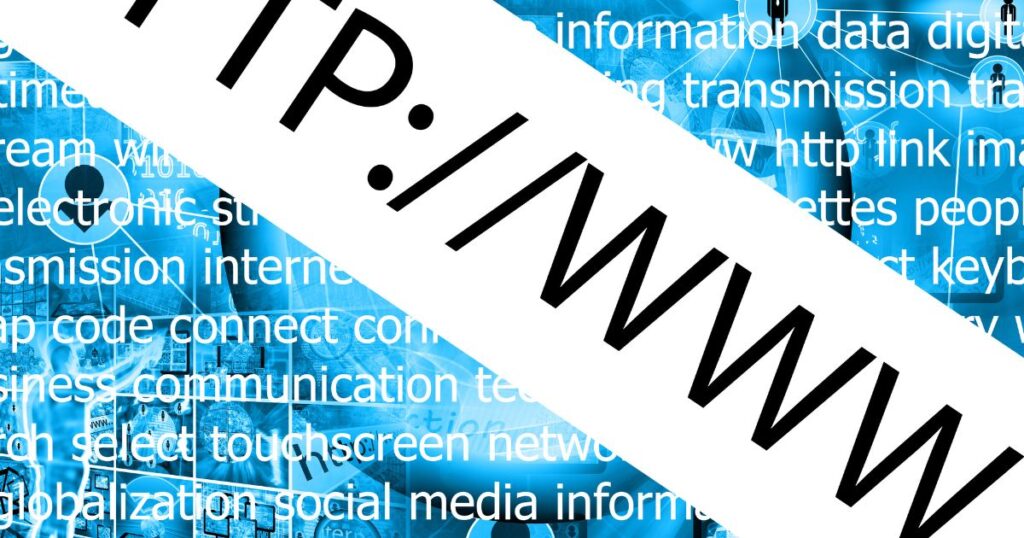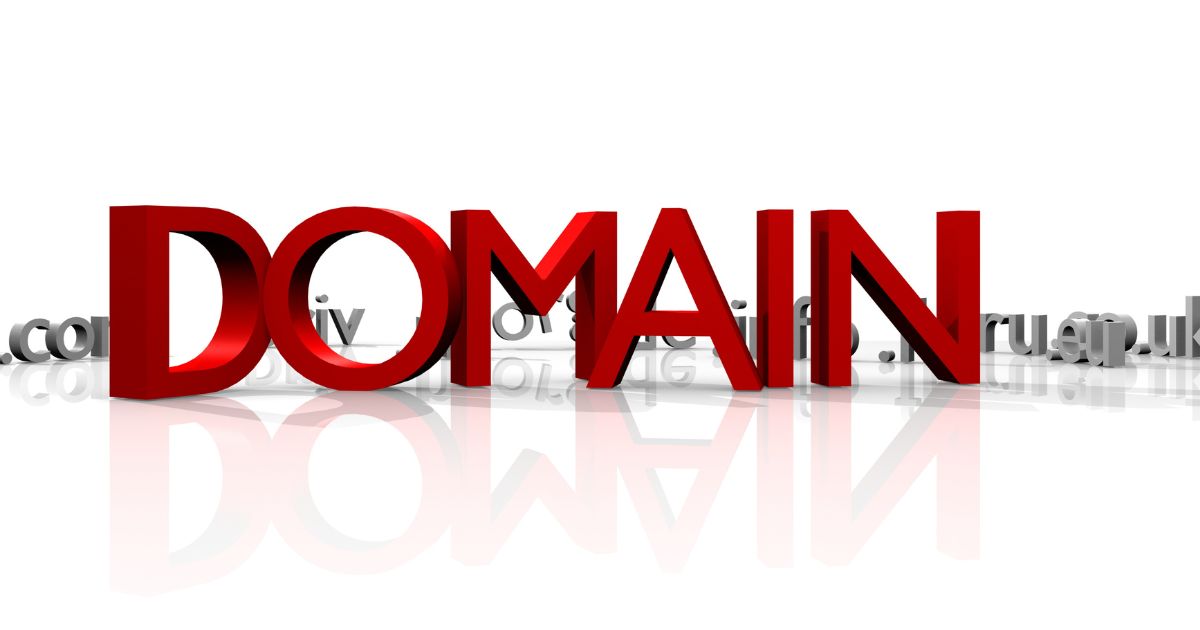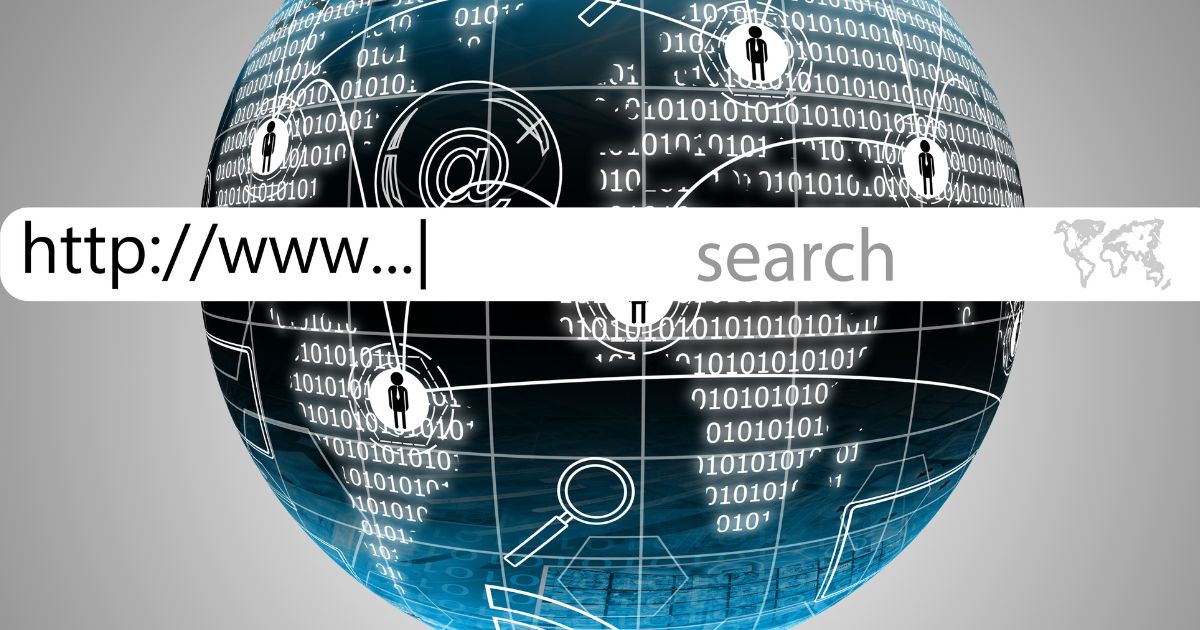
The ever-changing landscape of technology has spurred the emergence of Web 3.0, also referred to as Web 3, which represents a transformative power reshaping our digital interactions. Unlike earlier versions, Web 3.0 is defined by decentralization, heightened security, enhanced transparency, and user empowerment. These advantages are prompting businesses to embrace Web 3 development as they aim to deliver superior services to their clientele.
Understanding Web 3.0
Web 3.0, the third iteration of the internet, emphasizes decentralized protocols, blockchain technology, and user-centered design. In contrast to Web 2.0, which centralized power with a few tech giants, Web 3.0 seeks to decentralize control and ownership. This means users would have more autonomy over their data and digital interactions. Imagine owning your online identity and data, not having it stored on a single platform controlled by a corporation. Web 3.0 could potentially revolutionize how we interact online, fostering a more secure, transparent, and user-driven web experience.
Use Cases of Web3 Domains
Web 3.0 is poised to revolutionize nearly every industry, with significant investments in its development.
Decentralized Finance (DeFi)
The traditional financial sector has been transformed by Web 3 through the emergence of Decentralized Finance (DeFi). Users can now access financial services independently of traditional intermediaries like banks by utilizing smart contracts on blockchain networks such as Ethereum. These services encompass lending, borrowing, and decentralized exchanges. DeFi holds promise in extending financial services to populations without banking access, fostering a more inclusive global economy.
DeFi represents a paradigm shift in finance. It leverages smart contracts and blockchain technology to create a permissionless, transparent, and open alternative to traditional financial systems. Here’s how it works:
Smart Contracts: These self-executing contracts on the blockchain automate financial agreements. They eliminate the need for intermediaries like banks, reducing fees and increasing transaction speed.
Decentralized Exchanges (DEXs): Unlike traditional exchanges controlled by a central authority, DEXs allow peer-to-peer trading of cryptocurrencies and other digital assets. Users maintain custody of their funds throughout the process.
Lending and Borrowing: DeFi platforms enable users to borrow and lend cryptocurrencies directly without relying on banks. Market forces determine interest rates, potentially offering more competitive rates for borrowers and lenders.
Supply Chain Management
Blockchain technology, a fundamental element of Web 3, has played a critical role in introducing transparency and traceability to supply chains. Teams of skilled Web 3.0 developers are implementing blockchain-powered supply chains that document every transaction on an unchangeable ledger.
This enables stakeholders to monitor the entire journey of products, from manufacturing through to delivery. Such systems combat fraud and ensure the authenticity and quality of goods. Industries such as food, pharmaceuticals, and luxury goods are experiencing substantial benefits from blockchain-based supply chains.
Here’s a breakdown of how blockchain technology is revolutionizing supply chain management with Web3:
A Transparent Ledger: Blockchain acts as a shared, digital ledger accessible to all authorized participants in the supply chain. Here’s how it transforms things:
Immutable Record-Keeping: Every step, from sourcing raw materials to final delivery, is recorded chronologically with timestamps. This data cannot be altered, ensuring trust and transparency.
Enhanced Traceability: Track a product’s journey in real-time, from its origin (e.g., farm for food) to its final destination (e.g., grocery store shelf). This helps identify bottlenecks and optimize logistics.
Improved Accountability: All parties involved are accountable for their actions within the chain. This discourages fraudulent activities and ensures adherence to quality standards.
The Web3 space is competitive and complicated for many business owners which is why dedicated, specialist agencies such as Ronins are on hand to provide advice and guidance if required.
Decentralized Identity
Web 3 is transforming identity management by introducing the concept of self-sovereign identity. Users have full control over their personal data and can choose when and how to share it. This approach effectively addresses issues like identity theft and privacy concerns. Sectors, including healthcare, finance, and government services, are adopting decentralized identity solutions to enhance the security of personal user information.
DID puts you in the driver’s seat of your digital identity in the following ways:
Self-Sovereign Identity: You control a digital vault containing your verified personal data (credentials like name, address, etc.). Imagine a secure digital wallet for your identity.
Selective Sharing: You choose which information to share and with whom. Need to prove you’re over 18 for a website? Share just your age verification credential, not your entire date of birth.
Cryptographic Security: Your DID is linked to a cryptographic key pair, ensuring only you can access and manage your data. Think of a secure key unlocking your digital vault.
Content Monetization and Ownership
The evolution of Web 3.0 has empowered content creators by facilitating direct peer-to-peer transactions. Blockchain-based platforms allow creators to monetize their content independently, eliminating the need for intermediaries. Moreover, smart contracts ensure equitable compensation and transparent revenue-sharing models. This development is particularly beneficial in fields such as art, music, and journalism, where creators can maintain ownership and autonomy over their creations.
Here’s a breakdown of how Web3 empowers content creators through content monetization and ownership:
Direct Fan-to-Creator Connection: Web3 disrupts this model by enabling direct connections between creators and their fans.
Blockchain Platforms: Creators can upload their content (e.g., music, artwork) to platforms built on blockchain technology. These platforms eliminate the requirement for any intermediaries like traditional streaming services or online marketplaces.
Peer-to-Peer Transactions: Fans can directly purchase content using cryptocurrency, with the transaction securely recorded on the blockchain. This cuts out middlemen and ensures creators receive a larger portion of the revenue.
Decentralized Autonomous Organizations (DAOs)
DAOs exemplify decentralized decision-making enabled by Web 3. These organizations operate under the governance of smart contracts and consensus mechanisms rather than traditional hierarchical structures. DAOs are crucial in collective decision-making, managing funds, and supporting community-driven initiatives. They can be applied to governance models in sectors ranging from corporations and nonprofits to open-source communities.
Here’s a breakdown of how Decentralized Autonomous Organizations (DAOs) function in the Web3 landscape:
Beyond Traditional Hierarchies: Introducing DAOs
Imagine an organization without a CEO, board of directors, or complex management structure. That’s the core concept of a DAO. Its members make decisions collectively, and operations are governed by code. Let’s delve deeper:
Smart Contracts: DAOs rely on smart contracts and self-executing programs on a blockchain network. These contracts define the DAO’s rules, including:
- How proposals are submitted and voted on
- How funds are held and distributed
- Who can participate in decision-making
Community Governance: DAO members, typically identified by holding a specific token, participate in the organization’s governance. Members submit proposals for changes or initiatives.
- Token holders vote on these proposals using a consensus mechanism (e.g., majority vote).
- If a proposal passes, the smart contract automatically executes the action.
Benefits of DAOs:
Transparency: All transactions and decisions are recorded on the blockchain, fostering transparency and accountability.
Decentralization: Power is distributed among members, eliminating the need for a central authority.
Community-Driven: The community makes Decisions collectively, ensuring alignment with members’ interests.
Gaming and Virtual Realities
The gaming industry is adopting Web3 technology to improve players’ interactions with and own in-game items. Blockchain-based tokens and NFTs enable players to possess and trade virtual assets across various games and platforms, potentially forming new economic models within gaming.

Traditionally, in-game items were mere licenses controlled by the game developer. With Web3, players can actually own these items:
NFTs as In-game Assets: Unique digital items like weapons, skins, or avatars can be represented as NFTs. These NFTs are stored on a blockchain, a secure digital ledger, giving players verifiable ownership.
Trading Across Platforms: Imagine using your rare sword in one game and selling it to another player in a different game – that’s the potential of NFTs. Interoperability between games built on compatible blockchains could allow players to bring their owned assets across virtual worlds.
Healthcare Data Management
Healthcare is turning to Web3 solutions for secure, interoperable patient data management. Web3 gives patients control over their health information, which can be shared securely with healthcare providers as needed. Blockchain ensures the integrity of medical records, facilitating efficient data exchange and enhancing the security of sensitive patient information.
Imagine a healthcare system where you, the patient, control your medical records. Web3 technology, with its emphasis on decentralization and security, is poised to revolutionize how we manage healthcare data:
The Current Challenges:
Fragmented Systems: Medical records are often scattered across different hospitals and healthcare providers, making it difficult to access complete information.
Limited Patient Control: Patients typically have little control over who can access their medical data.
Security Risks: Data breaches and cyberattacks threaten the privacy and security of sensitive patient information.
Web3 offers a solution through secure and patient-centric data management:
Blockchain-Based Storage: Medical records can be securely stored on a blockchain, a tamper-proof digital ledger. This ensures the integrity of the data and prevents unauthorized modifications.
Patient-Controlled Access: Patients hold a digital key to their medical data, granting access to specific healthcare providers as needed. This empowers patients to decide who sees their information.
Improved Interoperability: Blockchain can facilitate seamless data exchange between different healthcare providers. This allows for better-coordinated care and eliminates the need for patients to repeatedly provide the same information.
Energy Trading and Grid Management
Web 3.0 development is facilitating decentralized energy trading platforms in the energy sector. Renewable energy producers can directly sell surplus energy to consumers through smart contracts, bypassing traditional energy grids. This approach promotes renewable energy adoption and strengthens the efficiency and resilience of the energy ecosystem.
Web3 technology, with its emphasis on decentralization and automation, is transforming the energy sector:
These are some limitations that the system currently faces:
Limited Renewable Energy Integration: Integrating renewable energy sources like solar and wind can be challenging due to their intermittent nature.
Inefficiencies and High Costs: Transmission losses and centralized control structures can lead to inefficiencies and higher energy costs for consumers.
Solutions
Web3 disrupts the traditional model with decentralized energy trading and management:
Peer-to-Peer (P2P) Energy Trading: Imagine buying excess solar power from your neighbor’s rooftop panels. Blockchain-based platforms and smart contracts can facilitate secure P2P energy transactions between consumers and producers.
Microgrid Management: Communities can manage their own renewable energy microgrids using Web3 solutions. This allows for greater energy independence and efficient utilization of local resources.
Renewable Energy Integration: Web3 can help integrate renewable energy sources by providing real-time energy production and consumption data, enabling better grid management.
Education and Credentialing
Web 3 is transforming the traditional education system through blockchain technology, which enables secure and verifiable credentialing. Academic certificates and diplomas can be securely stored on a decentralized ledger, ensuring their authenticity and protecting them against tampering. This advancement is crucial for streamlining hiring processes and reducing the risk of credential fraud.
Web3, with its focus on blockchain technology, is revamping how we issue, store, and verify educational credentials:
The Current Pain Points:
Paper-Based Credentials: Traditional paper certificates are susceptible to loss, damage, and forgery.

Verification Challenges: Employers often face difficulties verifying the authenticity of academic credentials.
Siloed Data: Educational records are often scattered across institutions, hindering access and transparency.
Web3 offers solutions through tamper-proof, blockchain-based credentialing:
Digital Diplomas and Certificates: Educational institutions can issue secure digital credentials on a blockchain network. These credentials are accessible to students anytime and can be shared easily with potential employers or academic institutions.
Verifiable Credentials: Employers can instantly verify the authenticity of credentials using the blockchain ledger, eliminating the risk of fraud.
Decentralized Record-keeping: Credentials are stored securely on a blockchain, eliminating the need to rely on individual institutions and reducing the risk of data breaches.
Summing Up:
Web 3 is not merely a theoretical concept but a transformative force driving substantial positive changes across various industries. Whether it’s reshaping finance, enhancing transparency in supply chains, or bolstering healthcare systems, the applications of Web 3.0 development are extensive. As we progress toward a decentralized future, these practical implementations will contribute to a more inclusive, transparent, and user-centered digital era.












